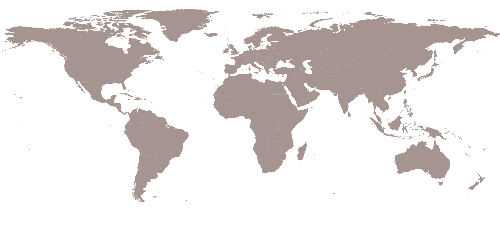The first phase, launched in mid-2004, involved six test structures deployed in Duka Bay and Cagayan de Oro. Three modules were seeded with coral fragments, while the other three were left unseeded to serve as controls. The results were clear: coral growth on the seeded modules was significantly faster, and the structures began to attract a growing variety of marine fauna — from fish to invertebrates — reinforcing the approach’s ecological value.
The success of the trial led to proposed refinements for broader application. Planned upgrades included curved upper legs to reduce silt accumulation and an expansion from eight to ten legs to increase both structural integrity and surface area for coral settlement.
Current Status
While formal updates on the project’s progression are limited beyond 2015, the Acanthasia project remains a formative example of how architecture, engineering, and marine science can converge to address ecological degradation. Its legacy continues to influence sustainable reef restoration efforts in the Philippines and beyond.
In the broader context of coral reef restoration in the Philippines, national programs and research initiatives have expanded the restoration toolkit, including:
- The Filipinnovation Coral Reef Restoration Program, which established coral nurseries and focused on asexual coral propagation.
- The ACIAR Coral Restoration Project, piloting mass larval reseeding and long-term ecological monitoring strategies.
While these efforts demonstrate the Philippines' ongoing commitment to marine habitat rehabilitation, specific information regarding the continued development or scaling of the Acanthasia project remains limited. Nonetheless, it stands as a formative example of how design-led ecological infrastructure can align material science, marine ecology, and architecture in service of environmental regeneration.
The success of this project lies in its innovative focus on the marine ecosystem. Of particular merit is the effort to regenerate an endangered environment, an environment upon which many small coastal communities depend for their livelihood and future development. Such effort yields not only a positive impact on the natural surroundings by providing an ecologically effective catalyst for coral growth, but also an ethically affirmative social impact by increasing the quantity and diversity of fish species for nearby fishing communities.
This project convincingly demonstrates the value of simple, yet intelligent tools that are affordable, require little technical expertise, and can be easily replicated in different contexts. Also to be commended is the adaptability of the structures to the varied needs of local communities. The project signals sensitivity to economic issues by promoting a low-cost, incremental infrastructure rather than costly large-scale investments. This entry displays ingenuity in tackling a highly complex issue while offering a modest, but aesthetically refined design solution to the challenges at hand.












